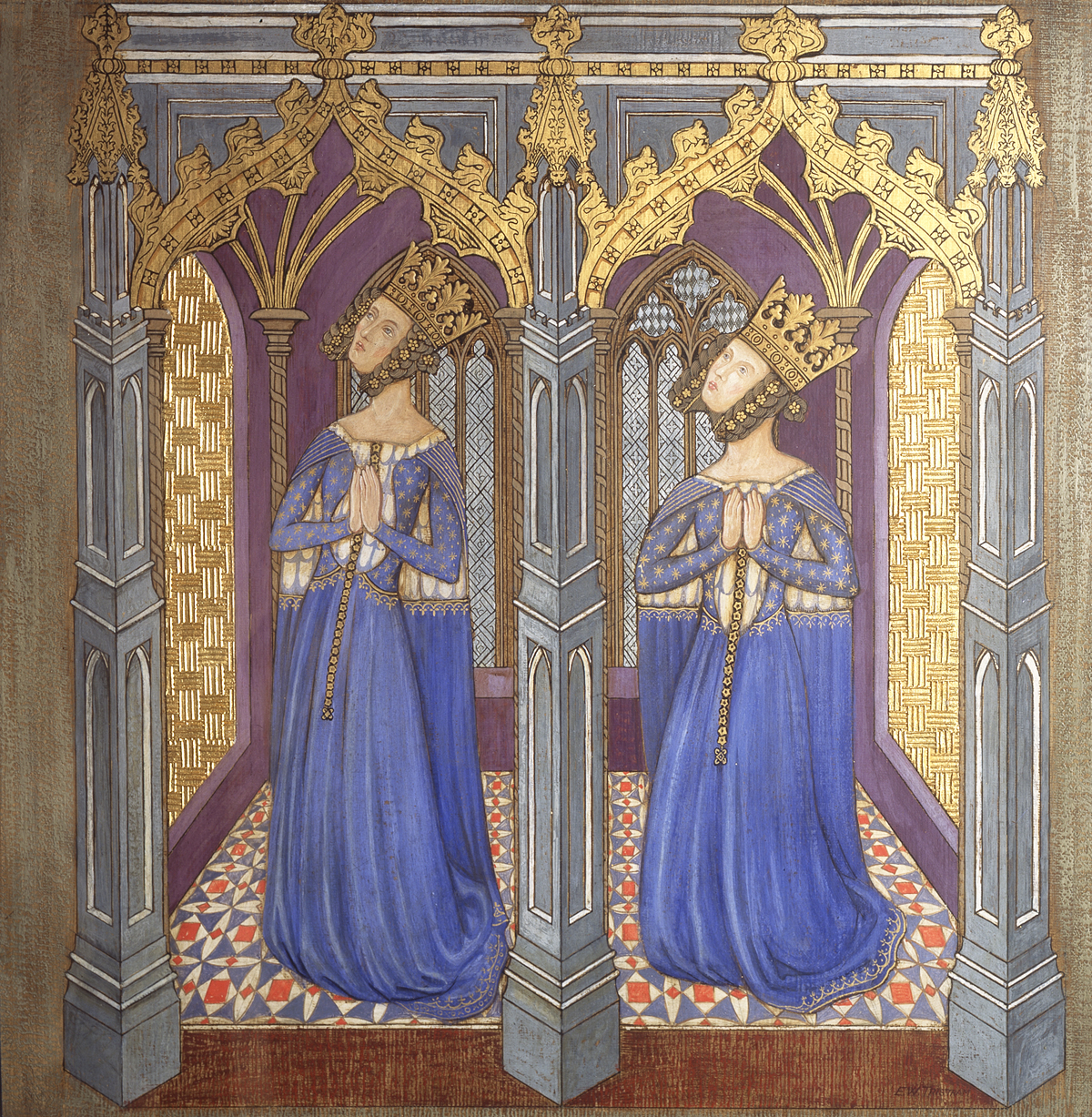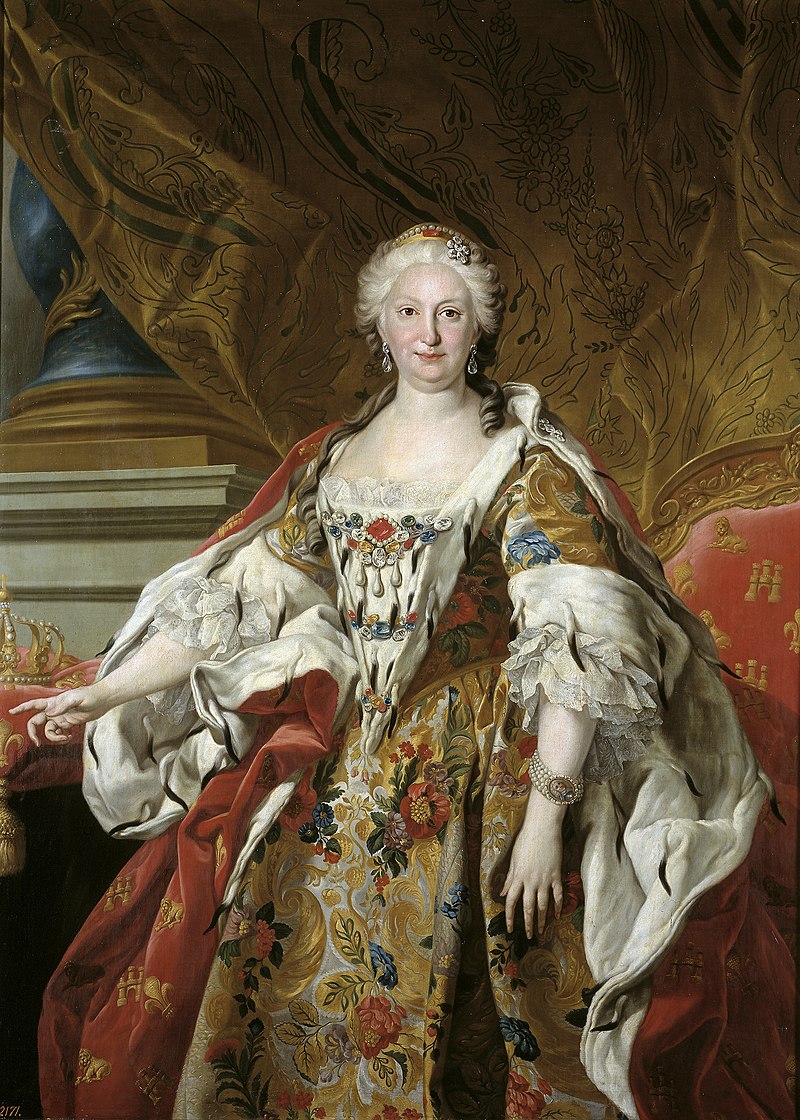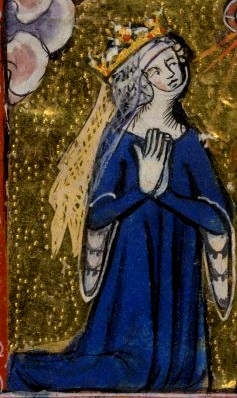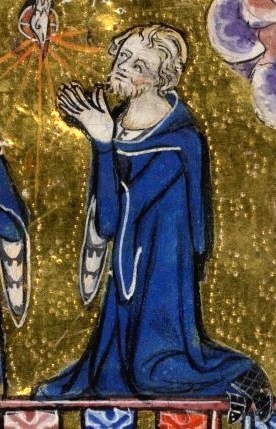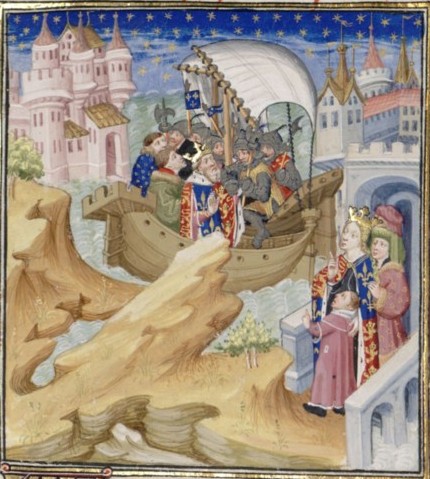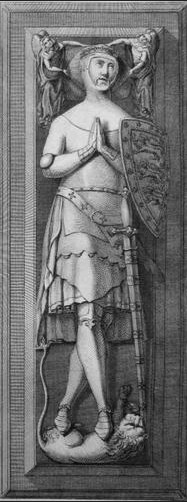by Susan Flantzer
© Unofficial Royalty 2022

Luis I, King of Spain; Credit – Wikipedia
After the abdication of his father, Luis I, King of Spain had a very short reign, from January 14, 1724 to August 31, 1724. Luis Felipe was born on August 25, 1707, at the Palacio del Buen Retiro in Madrid, Spain. He was the eldest of the four sons of Felipe V, King of Spain and his first wife Maria Luisa of Savoy. Luis’s paternal grandparents were Louis, Le Grand Dauphin, the heir apparent to the throne of France, and Maria Anna Victoria of Bavaria. His maternal grandparents were Vittorio Amedeo II, King of Sardinia and Anne Marie of Orléans.

Luis’s father King Felipe V of Spain; Credit – Wikipedia
Luis’ father had been born a French prince, Philippe, Duke of Anjou, the second son of Louis, Le Grand Dauphin, who was the son and heir apparent of King Louis XIV of France. In 1700, King Carlos II of Spain, from the House of Habsburg, died childless with no immediate Habsburg heir. Louis, Le Grand Dauphin had the strongest genealogical claim to the Spanish throne because his mother Maria Theresa, Infanta of Spain had been the half-sister of Carlos II. However, neither Louis, Le Grand Dauphin nor his elder son Louis, Duke of Burgundy, Le Petit Dauphin could be displaced from their place in the succession to the French throne. Therefore, King Carlos II of Spain, in his will, named the second son of Louis, Le Grand Dauphin, 16-year-old Philippe, Duke of Anjou, as his successor. He reigned as Felipe V, King of Spain, the first Bourbon monarch of Spain.
Luis had three younger brothers but only one survived childhood:
- Felipe, Infante of Spain (born and died 1709)
- Felipe, Infante of Spain (1712 – 1719)
- Fernando VI, King of Spain (1713 – 1759), married Bárbara of Portugal, no surviving children

Luis at age ten; Credit – Wikipedia
Luis was the heir apparent to the Spanish throne at birth but was not given the traditional title of Prince of Asturias until April 1709. When Luis was six-years-old, his mother Maria Luisa died from tuberculosis at the age of 25 on February 14, 1714. On December 24, 1714, ten months after the death of his mother, Luis’s father married again to Elisabeth Farnese of Parma, the only surviving child of Odoardo Farnese, Hereditary Prince of Parma and Dorothea Sophie of Neuburg.

Felipe V of Spain with his second wife Elisabeth and some of his children from his first and second marriages – from left to right: the future Fernando VI, King Felipe V, the future Luis I; Felipe, the future Duke of Parma, Queen Elisabeth, a portrait of the Infanta Mariana Victoria, and the future Carlos III: Credit – Wikipedia
Luis had six half-siblings from his father’s second marriage but only the eldest three were born before Luis died.
- Carlos III, King of Spain (1716 – 1788), married Maria Amalia of Saxony, had thirteen children including Carlos IV, King of Spain
- Mariana Victoria, Infanta of Spain (1718 – 1781), married José I, King of Portugal, had four daughters
- Felipe, Infante of Spain, Duke of Parma (1720 – 1765), married Louise Élisabeth of France, founder of the House of Bourbon-Parma, had three children
- Maria Theresa Rafaela, Infanta of Spain (1726 – 1746), married Louis, Dauphin of France, had one daughter who did not survive childhood, Maria Theresa Rafaela died in childbirth
- Louis, Count of Chinchón (1727 – 1785), Archbishop of Toledo, Primate of Spain and Cardinal, renounced his ecclesiastical titles, married morganatically María Teresa de Vallabriga, had four children
- Maria Antonietta Fernanda, Infanta of Spain (1729 – 1785), married Vittorio Amadeo III, King of Sardinia, had twelve children
Luis was educated and prepared to be King of Spain by Baltasar Hurtado de Amézaga y Unzaga, Marqués del Riscal de Alegre, an intelligent and very capable Spanish general. Because Luis was the heir to a new Spanish dynasty, the House of Bourbon, it was decided that he would marry as soon as possible.
In 1718, the War of the Quadruple Alliance broke out between France and Spain. Two years later, in 1720, King Felipe V wanted to make a peace agreement with his first cousin once removed Philippe II, Duke of Orléans, who was the Regent for the child King of France, Louis XV. In the 1720 peace agreement between France and Spain, King Felipe V proposed double marriages: his two-year-old daughter Infanta Mariana Victoria would marry ten-year-old King Louis XV of France. King Felipe V’s thirteen-year-old son and heir Luis, Prince of Asturias would marry one of Philippe II, Duke of Orléans’ daughters.

Luis’s wife Louise Élisabeth of Orléans, Queen of Spain; Credit – Wikipedia
Princess Louise Élisabeth of Orléans, daughter of Philippe II, Duke of Orléans and Françoise Marie de Bourbon, was chosen as his bride. Louise Élisabeth and Luis were second cousins once removed. She was a granddaughter of King Louis XIV of France through one of his illegitimate children and she was also a granddaughter of Philippe I, Duke of Orléans, the only sibling of King Louis XIV of France. In November 1721, fourteen-year-old Luis and eleven-year-old Louise Élisabeth were married by proxy, in Paris, France. On January 9, 1722, on the Isle of Pheasants in the Bidassoa River, on the border of France and Spain, the French Louise Élisabeth was exchanged for the Spanish Mariana Victoria. On January 20, 1722, Luis and Louise Élisabeth were married in person at the Ducal Palace of Lerma in Lerma, Burgos, Spain.
The marriage was not successful and resulted in no children due to the young age of Louise Élisabeth and because she became increasingly known for her erratic and impulsive behavior. She appeared in public dirty and unkempt, refused to use undergarments, and tried to provoke courtiers by showing her intimate parts in public. At meals, Louise Élisabeth would not eat but would hide the food and compulsively eat it later. She would suddenly undress in public to clean the windows and tiles with her clothes. Modern mental health professionals think she had borderline personality disorder. Her husband Luis wrote to his father, “I see no other solution but to lock her down as soon as possible, for her troubles keep increasing.” Luis had his wife confined to a convent. Louise Élisabeth cried and sent her husband letters asking for forgiveness. He later felt sorry for her and released her.
On January 14, 1724, Luis’s father King Felipe V abdicated the Spanish throne in favor of Luis for reasons that are still unclear. Perhaps it was because Felipe suffered from mental instability and did not wish to reign due to his increasing mental decline. Another theory is that Felipe was concerned about the succession to the French throne due to several deaths. Although the treaty which ended the War of the Spanish Succession forbade a union of the French and Spanish crowns, perhaps Felipe hoped that by abdicating the Spanish throne, he could succeed to the French throne if necessary. The problems with his wife dominated Luis’s short reign. His father kept tabs on him but to counter his father’s influence, Luis surrounded himself with advisers who had not served his father. Luis planned to focus more on the Spanish colonies in the New World rather than the lost Italian territories.
King Luis I contracted smallpox in July 1724. His wife Louise Élisabeth was his only company because his parents, fearful of the illness, left the Palacio del Buen Retiro in Madrid, Spain. Luis’s smallpox was complicated by pneumonia. Fourteen-year-old Louise Élisabeth cared for and remained with her seventeen-year-old husband until his death, on August 31, 1724. She also contracted smallpox but recovered from the illness. Luis I, King of Spain was interred in the Pantheon of Kings at the Royal Basilica of San Lorenzo de El Escorial.
Luis’s father Felipe V was forced to once again ascend to the Spanish throne because his younger son, the future King Fernando VI, was not yet of legal age. Louise Élisabeth, a widow at the age of fourteen, now of no use to the Spanish court and royal family, lost all support and became totally isolated. In 1725, when France decided to send seven-year-old Mariana Victoria back to Spain so King Louis XV could marry someone else, it was decided to send Louise Élisabeth back to France. She lived at the Palais du Luxembourg in Paris, away from the court of King Louis XV, her first cousin once removed. Louise Élisabeth died seventeen years later, lonely and forgotten.
This article is the intellectual property of Unofficial Royalty and is NOT TO BE COPIED, EDITED, OR POSTED IN ANY FORM ON ANOTHER WEBSITE under any circumstances. It is permissible to use a link that directs to Unofficial Royalty.
Works Cited
- Flantzer, Susan. (2019) Felipe V, King of Spain, Unofficial Royalty. Available at: https://www.unofficialroyalty.com/felipe-v-first-bourbon-king-of-spain/ (Accessed: November 23, 2022).
- Lluís i d’espanya (2022) Wikipedia (Catalan). Wikimedia Foundation. Available at: https://ca.wikipedia.org/wiki/Llu%C3%ADs_I_d%27Espanya (Accessed: November 23, 2022).
- Louis I of Spain (2022) Wikipedia. Wikimedia Foundation. Available at: https://en.wikipedia.org/wiki/Louis_I_of_Spain (Accessed: November 23, 2022).
- Louise Elisabeth d’Orléans (2022) Wikipedia. Wikimedia Foundation. Available at: https://en.wikipedia.org/wiki/Louise_%C3%89lisabeth_d%27Orl%C3%A9ans (Accessed: November 23, 2022).
- Luis I de España (2022) Wikipedia (Spanish). Wikimedia Foundation. Available at: https://es.wikipedia.org/wiki/Luis_I_de_Espa%C3%B1a (Accessed: November 23, 2022).


